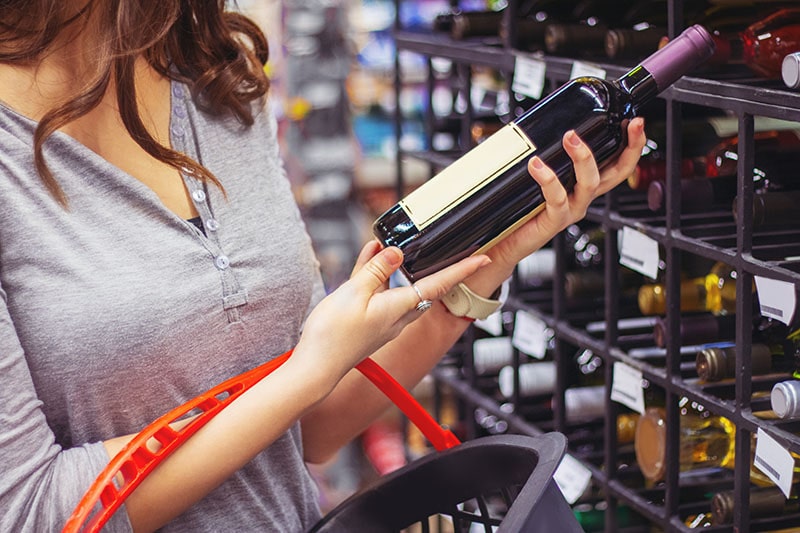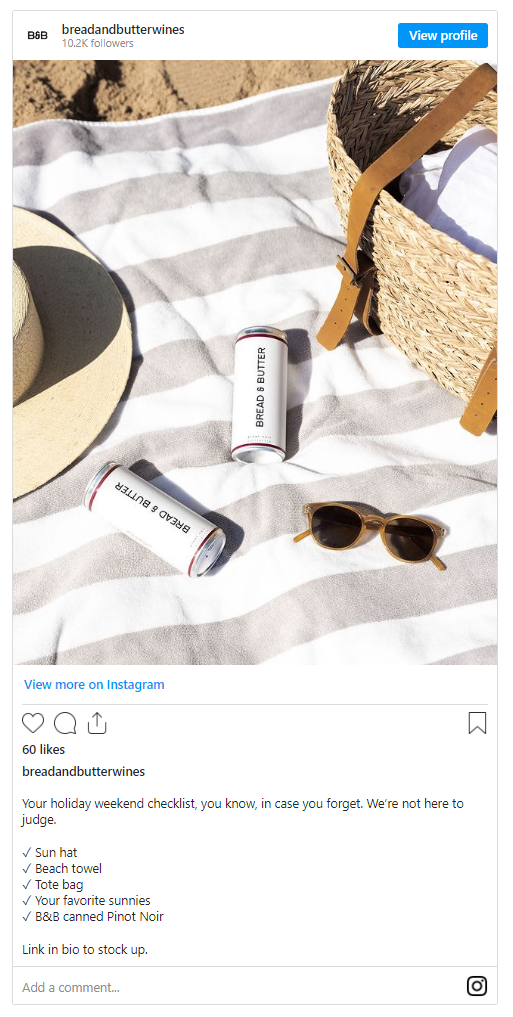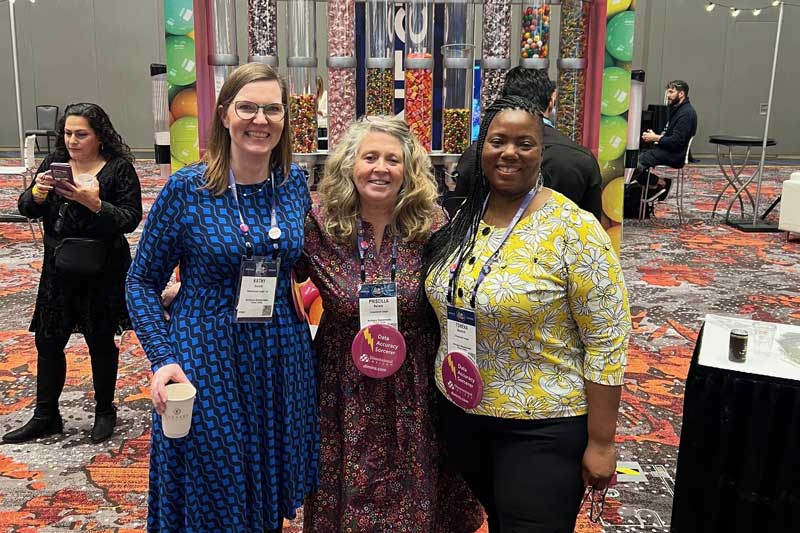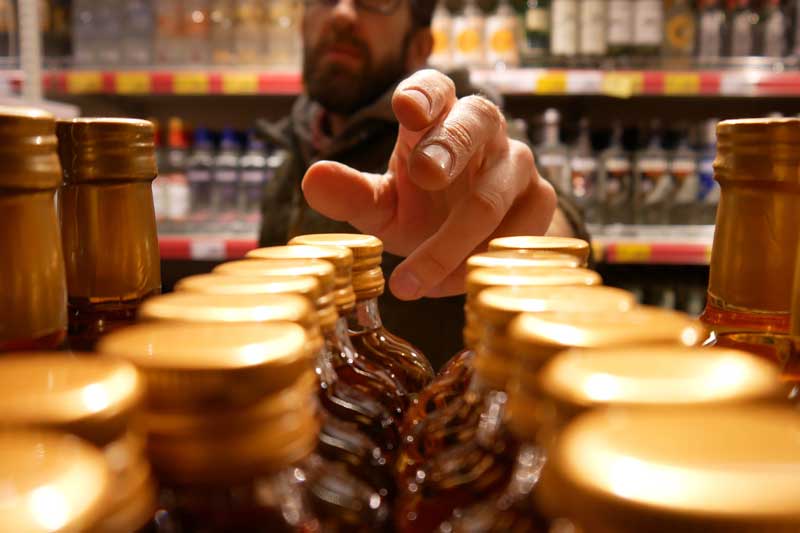Wine labels are becoming a dominating factor for consumers when deciding which wine to buy in stores.
Wine drinkers want more clarity with their labels: 36% say they are confused by wine labels and 81% want the labels to be clear and easy to understand, according to Wine Vine Analytics.
Brands and vineyards are now using labels to draw in new customers and tell them what their brand is really about. So if you are a brand, what are consumers looking for in a wine label? How can you ensure your brand is standing out among the rest? Let’s take a look.
What grabs a consumer’s eye
“Wine packaging is like a mini-poster, allowing only a few seconds to communicate a story,“ said Patti Britton of Britton Design, Sonoma, Calif to Wine Vine Analytics. “Impressions move from the eye to the mind to the heart. The design needs to gain trust and generate a loyal customer, even before the contents are proven.”
Understanding what is catching consumer’s eyes and motivating them to head to the register will help your winery mimic and develop packaging that grabs customers attention and drives sales.
What exactly holds consumers’ attention actually varies by price.
Consumers gravitate towards brightly-colored labels, such as red, orange, or gold for wine that cost less than $20 a bottle. For wine priced at more than $20 a bottle, consumers wanted a more traditional aesthetic, with bottles that had a bold or contrarian look.
A consumer’s age also determined which bottles they found more attractive. Millennials were drawn to the more fun, bold, colorful and adventurous labels.

Love for labels
Statistics help paint the picture of how the labels are affecting buying behaviors, but it’s more than just bright colors drawing in customers.
Some wineries are using texture on their labels to draw the customer in and see how the bottle feels. For example, Limnos Wines’ Krama features texturized black and blue stripes on its label that pay homage to its vineyards. Not only is this an eye-catching, it also entices consumers to run their fingers across raised lines — and hopefully pick it up to purchase.
Consumers also like a good laugh at the shelf. A survey by the International Survey Research firm found that 51% of consumers found a humorous label appealing.
High sales of the punny Fat Bastard wines in the U.S. seem to support that statistic. In fact, it’s among the best-selling French wine in the U.S.

Packaging with a punch
It’s not just the labels that are catching consumer’s eyes — it’s the overall packaging. Wine in a can is having a big moment.
In 2021, dollar sales reached $253 million — up 62 percent over the previous year. Drinkers want wine to match their lifestyle, and it’s on the go, without a glass. With a can, brands can do a full 360-degree wrap-around label that helps tell the story even further.
The brand Bread & Butter Wines—the fastest growing top 10 wine brand in the $12-$14.99 category—just recently rolled out its new Canned Pinot Noir.
Consumers can take the can tailgating or to a bachelorette party—or anywhere.
Sprucing up your label
Your packaging and wine label tell a story to the consumer who has never tasted your product before. You might be hesitant to redesign your packing, but here are a couple ways you can ensure your bottle stands out on the shelf:
- Is it easy to add a punch of color to your label? Consider the costs for your next round of production.
- Does your label tell a story? Consider adding a paragraph about what your brand is about.
- Host a contest among your customers. Ask customers to submit designs for your wine label. Set expectations, such as using color, and then produce that label on a limited run of bottles.
If you have the funds, consider hiring a design agency to revamp your label. While it may cost more up front, it should increase sales when the bottles hit shelves.
- 87% of Utilities Have Experienced at Least One Data Breach in Last Three Years - February 5, 2024
- Can Drones Lower Your Next Utility Bill? - January 10, 2024
- Onshore Wind Farms Are The Next Big Thing In Renewable Energy - December 6, 2023




